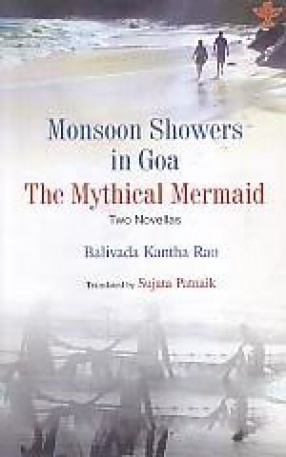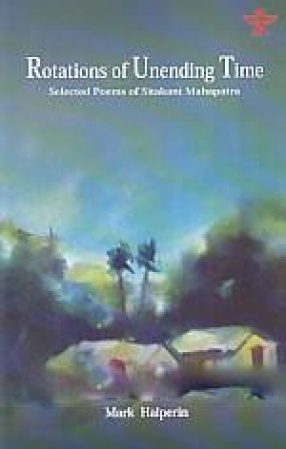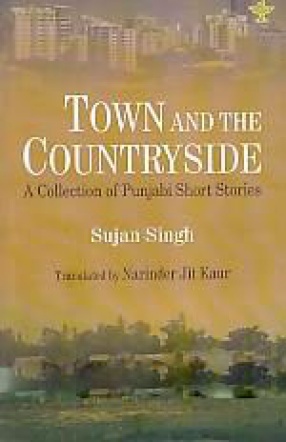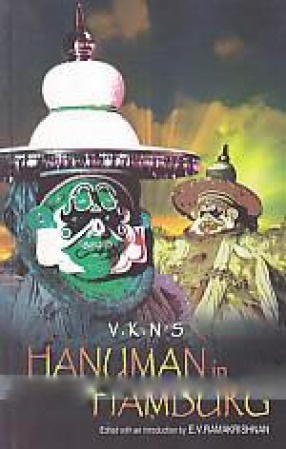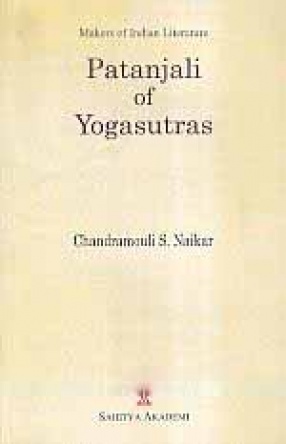
Sahitya Akademi

78 books

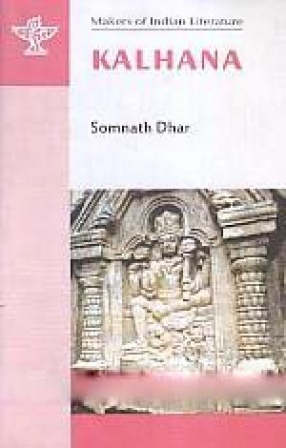


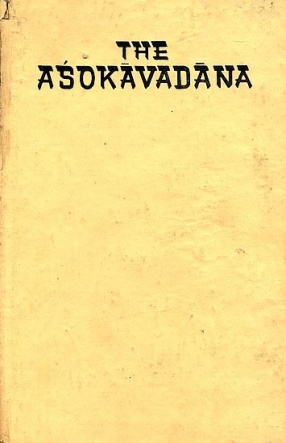
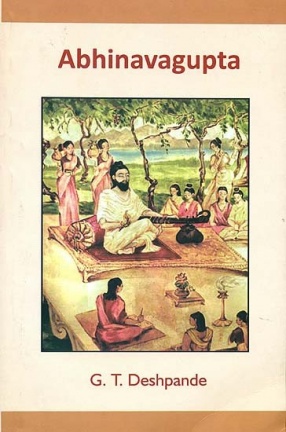
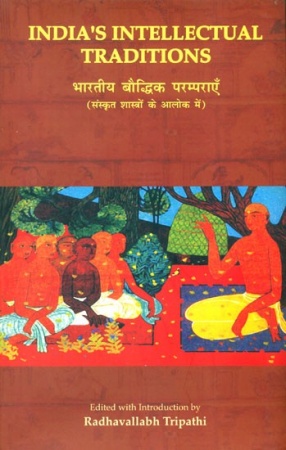
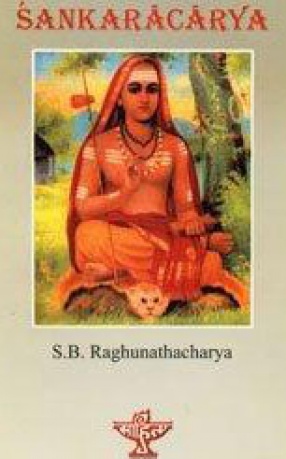
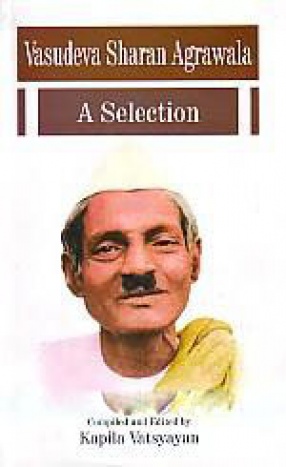
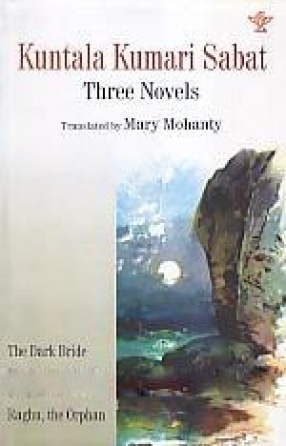
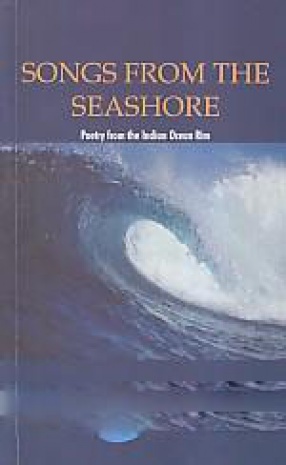
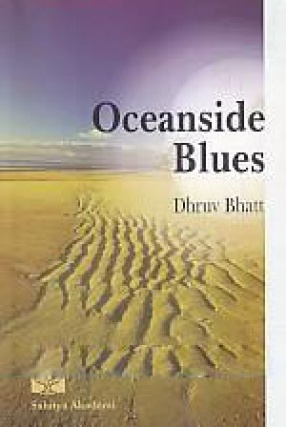

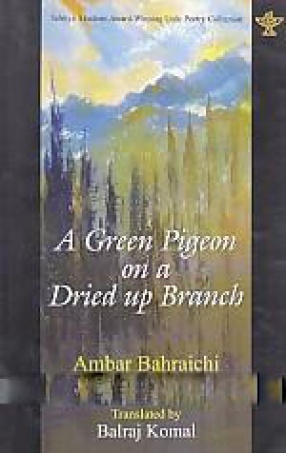
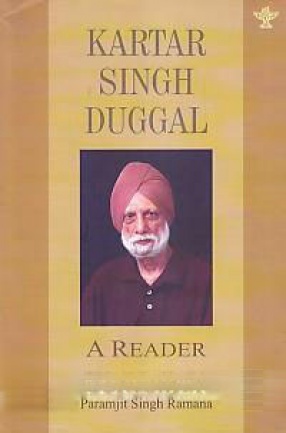

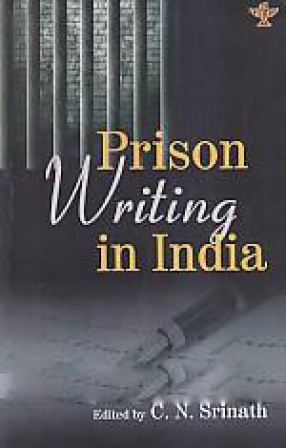




G.S Amur is a distinguished critic and formerly Professor of English of Dr. Babasaheb Ambedkar Marathawada University. Aurangabad. He writes criticism both in Kannada and English and has won several awards including Sahitya Academy Award in 1996. His important publications in English are The Concept of Comedy, Adya Rangacharya and Essays on Modern Kannada Literature. His Bhuvanada Bhagya which won the Akademi award has been considered as one of the very important ...

The original Sankrit text of the Asokavadana was published for the first time in 1886. Messre Cowell & Neil intluded it in the Divyavadana.
No attempt had been made to re-edit this important and ancient text for almost a century. That the Sanskrit text is very old is proved by the fact that the first Chinese translation was made by Parthian Fa-ch’in A. D. 300. The work rapidly became popular in China and other scholars made fresh translations at various ...

Abhinavagupta (A.D. 940-1015), authority on Indian theatre, literary criticism and aesthetics, belonged to the Pratyabhijna School of Kashmir Shaivism. In the interpretation of Rasasutra, Abhinavagupta followed the theory of Dhvani or suggestion as propounded by Anandavardhana but also accepted the concept of Sadharanikarana or universalization from Bhattanayaka.
It is on the basis on Abhinavagupta's commentaries that we get a clear idea about the theories ...

Sanskrit language has functioned as a repository of various knowledge system and intellectual discourses for more than three millennia. With a view to bring out the holistic perspective of these systems and discourses, the Sahitya Akademi organized a national seminar on ‘India’s Intellectual Traditions as revealed through Sanskrit Sources’ during March 2013 at New Delhi. Most of the papers collected in this volumes were presented in this ...

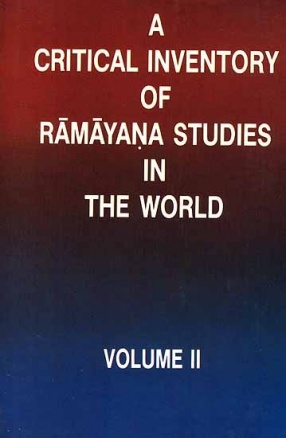
The appeal of the Ramayana, one of the national epics of India, is universal, because it is an expression of man's eternal quest for abiding human values. It is the repository of an ancient heritage which has travelled across the boundaries of India to several other Asian countries. It has also profoundly enriched our literature and other performing and visual arts, covering a wide spectrum of the socio-cultural life of the people.
This is the Second volume of A ...

